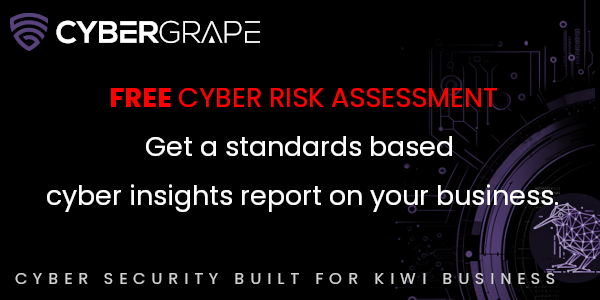
If you’re in retail (or thinking about it), success requires a smart balance of risk management and risk taking. Here are six areas of business that top performing retail businesses manage well. What opportunities are you missing, or risks can you reduce, in each area?
Cash flow tactics
A long wait between buying stock and selling it, could leave you in a sticky cash flow situation. To combat this, try to negotiate better terms with suppliers. Maybe you could reduce the amount you have to order in one go, or spread out payments. For some bigger ticket items, you may be able to place an order with a supplier when your customer buys from you, rather than carrying stock.
Maintaining cash flow in a retail business will also likely require the strategic use of discounting at some stage, in a way that fits your business. It should be based on gross profit margins, so you still make a profit, and avoid dropping prices so quickly or heavily that you lose money.
Digital savvy
Having an up-to-date online presence – your website, social media and email database – is essential. Nine times out of ten, customers will have looked up your products, prices and service reviews online, before they step in the store.
We recommend user testing to make sure your website is easy and intuitive to use, and making it easy for online customers to make a choice. Provide clear product photos, dimensions and detailed descriptions (this will also support your SEO). Clothing should be even more detailed, with measurements (chest/waist/hips), a sense of fit, fabric composition and at least one clear shot of the garment on a model.
Depending on your customers, email marketing can be effective at driving traffic to your website, whereas geotargeted social media may be a better strategy for a physical store. Don’t be afraid to experiment a little, and track the results to find the right marketing mix for your store.
Great people
High staff turnover is hard on morale and expensive – not to mention the knowledge and experience that go out the door.
Take some time to develop a clear hiring process to advertise roles and assess and onboard new team members. Include interview questions to help you gauge personality, rather than just skills – to find the best fit with your team culture.
An effective onboarding process should document and track specific training, performance goals and milestones for new team members. It will help them get up to speed quickly with using your systems, product training and sales techniques. This in turn sets a consistently high standard and supports customer loyalty.
Customer service
Offering great customer service doesn’t need to cost you more, but the returns in custom, and loyalty can make all the difference. Ideally, you’ll focus on the lifetime value of the customer, as well as making each sale.
Use the fantastic tools at your disposal: point of sale apps, customer loyalty programmes, social media, automated email prompts to review online purchases…
Brainstorm with your staff to find customer service ideas to generate repeat business and customer advocacy that fit your offer and business model.
Smart technology
Technology is a double-edged sword for retailers. On the one hand, it increases your level of competition as your competitors find ways to make themselves more competitive. On the other, it can also connect you with new customers far beyond just those walking past your shop front, and provides access to tools to help you run your business.
Using quality accounting software like Xero makes it easier to manage POS, inventory, payroll and taxes. When you do implement new technologies, take advantage of in-app training modules and have staff train themselves where possible. Useful apps for retailers include Vend, Xero, and Shopify (if you have an online store) for POS, Unleashed for inventory, Deputy for rostering, and Vend and Shopify also have CRM options. These apps all integrate with Xero accounting software too.
How to choose the best apps for your retail business? Here are a few things to look for:
- Permissions – different app views and levels of authorisation for owners, managers and sales staff.
- Cloud-based – to give you and the team access to your account from any device.
- Scalable – tools that can grow as your business does, and add new users and locations when as needed.
- Extensible – gain new functionality by adding on features or integrating with other business apps.
It’s vital to choose the right technology tools and set it up correctly from the start. So if you’re not sure, ask for advice.
Locations, locations
You need a good stock system to handle multiple retail locations, so investing in the right apps is vital for managing all those moving parts. Try to structure the business so that all locations can support each another, but keep them independent enough that the failure of one won’t close another.
You may choose to operate different locations as franchises, with business partners, or as a general manager type set up. If you find a location isn’t working, it may be time to make the decision to move, change your marketing, or close. There are operational, legal and tax implications to these decisions, so it’s a good idea to get advice from a business adviser who specialises in retail.
These are just some of the strategies available to retailers. It’s always a good idea to get expert advice specific to your needs, before making big decisions.








